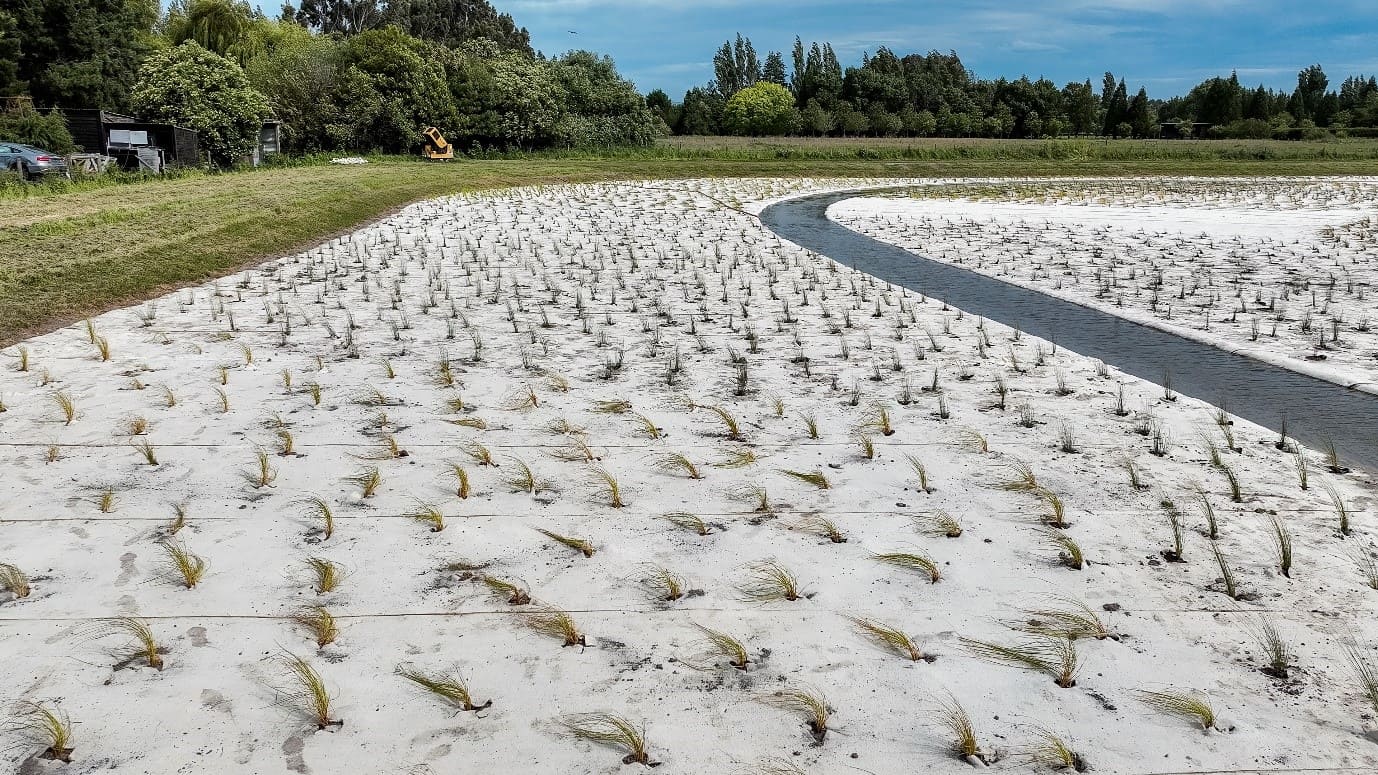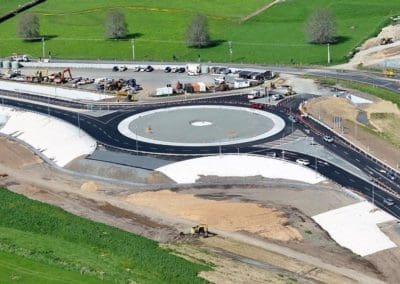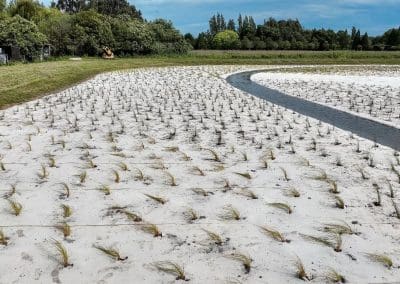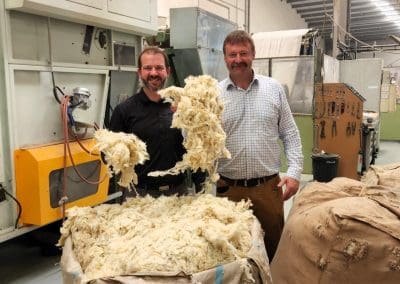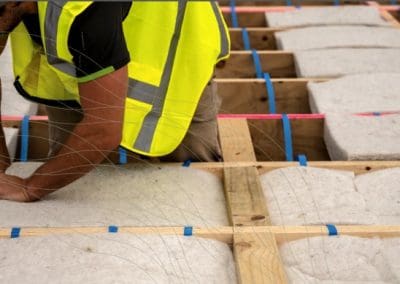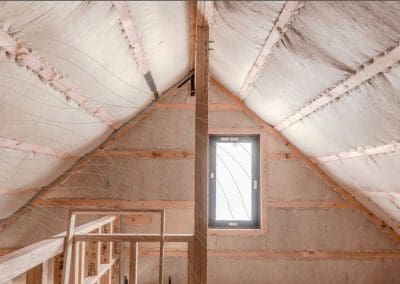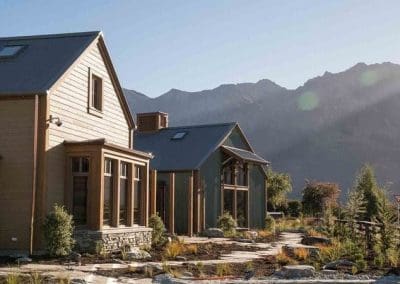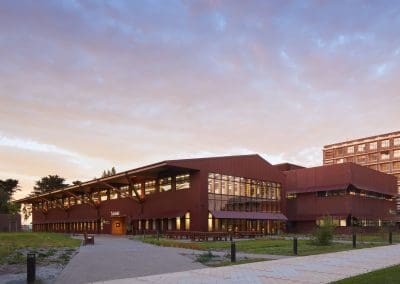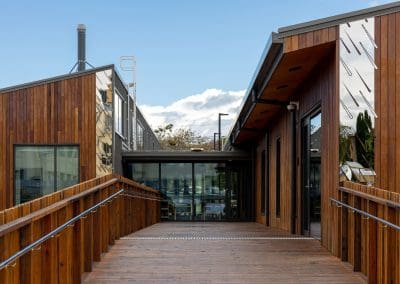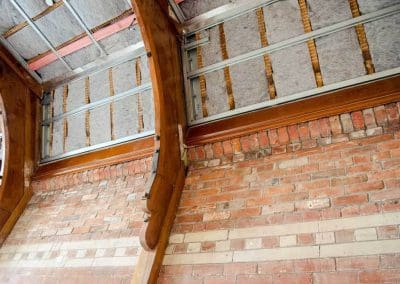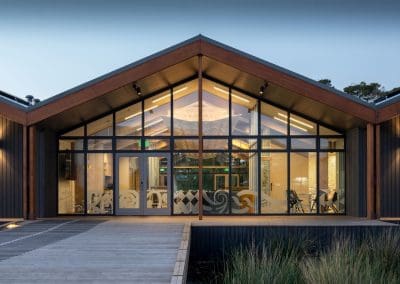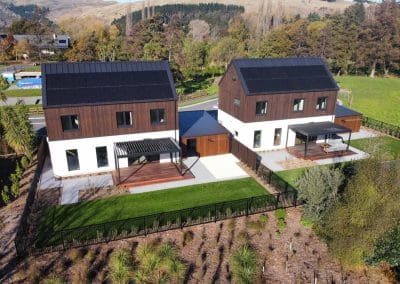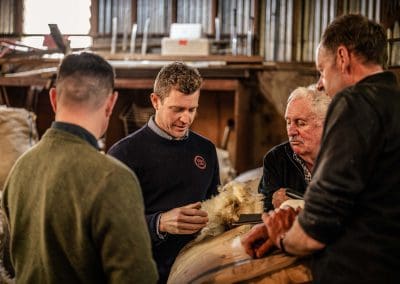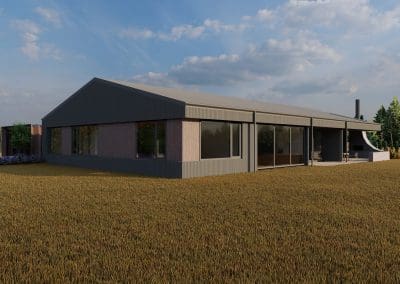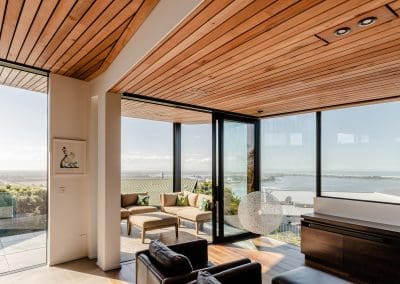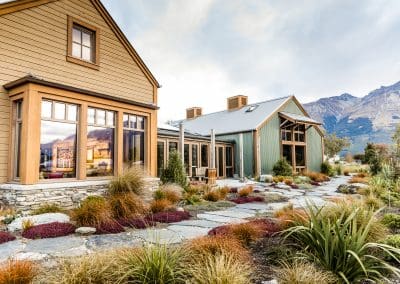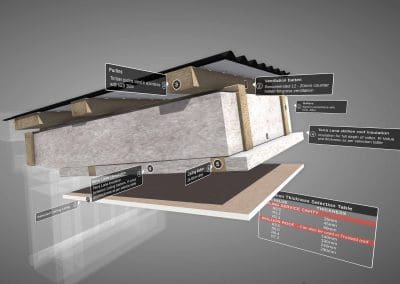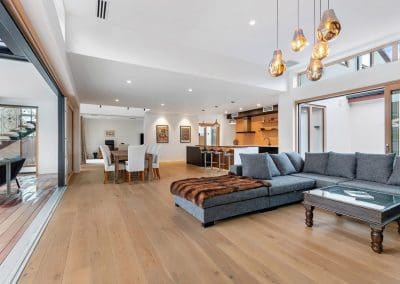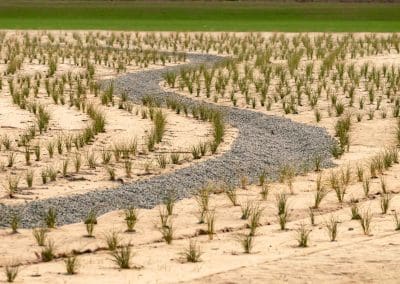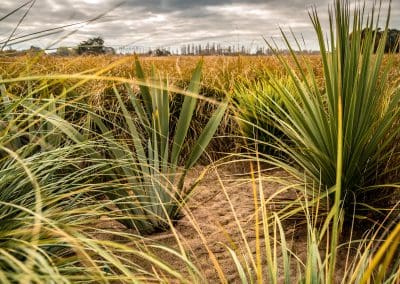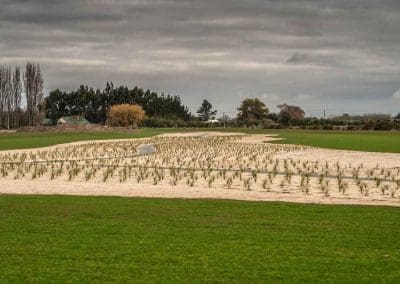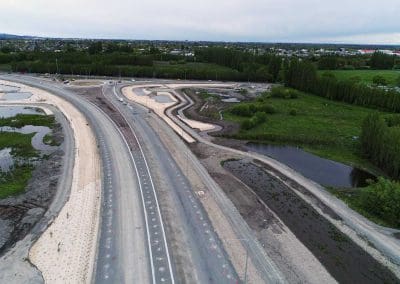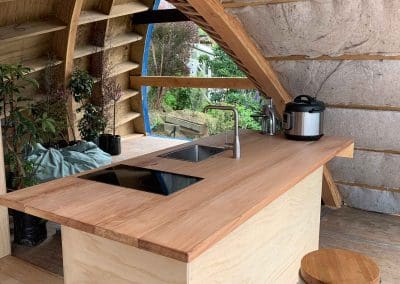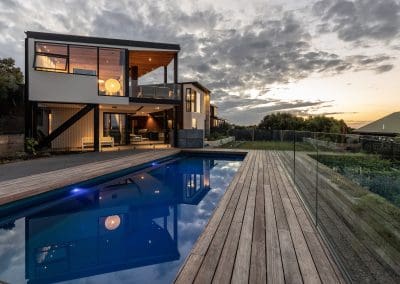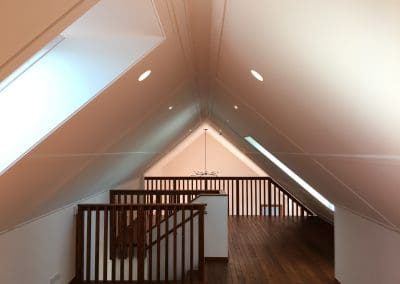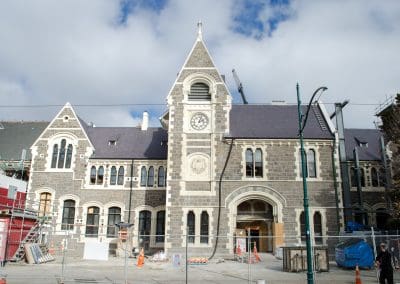For Suburban Estates, building a wetland at Oakbridge was part of doing the job right. Adding roads and buildings changes the way rainwater moves, sending it faster towards streams and pipes – so a well-designed wetland is key to managing stormwater effectively.
The Oakbridge stormwater management area incorporates a wetland with shallow planted shelves to slow, settle and treat stormwater, which contributes to restoring natural processes to the way we manage land. This constructed wetland differs from the historic, natural wetlands that once existed here, as it has been built with an impermeable capping layer to keep treated stormwater separate from groundwater. While it does provide habitat and other environmental benefits, its main role is stormwater treatment.
The design aligns with Water Sensitive Design and Te Mana o te Wai and is straightforward for project teams to deliver. To help the wetland plants establish and flourish, 18,000 sqm of DagMat 100% wool weed mat from Terra Lana was used in its creation.
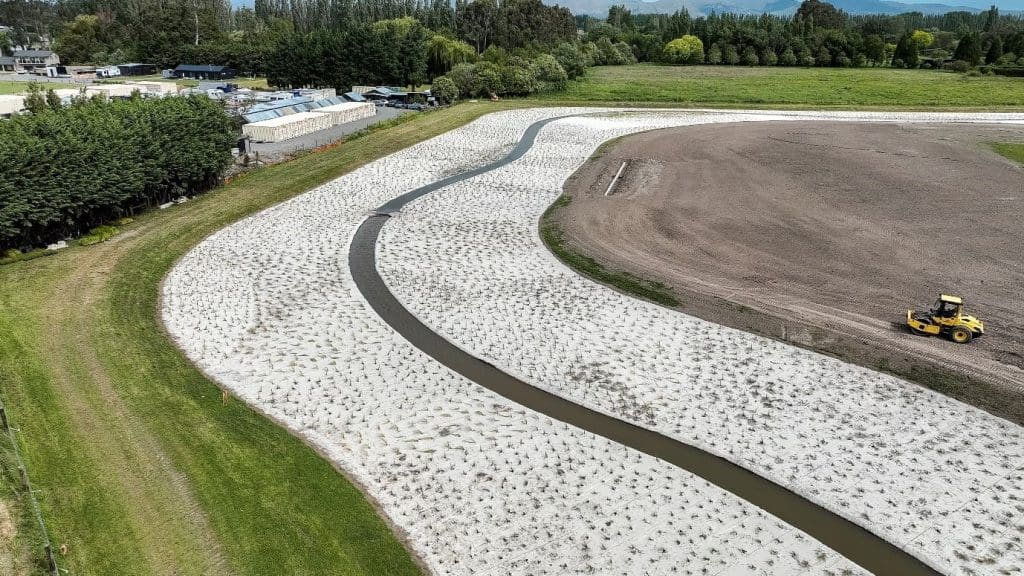
A biodegradable head start for plants and banks
The first stop in the stormwater management treatment train is the first flush basin – a dry, grassed pond that pre-treats the first 20 mm of runoff, which typically carries the highest load of sediment and hydrocarbon. From there, flow enters the wetland and planted treatment zones. As water moves through those shallow shelves, biology gets to work on suspended solids and attached contaminants. Finally, the runoff passes into the attenuation stage, where treated water is held back and then released gradually into the nearby watercourse.
The whole process aims to achieve hydraulic neutrality – which ensures that the stormwater flow rate leaving the development site does not exceed that of the pre-development, greenfield condition – and to minimise impacts on the receiving environment’ says Sean Monaghan, Development Engineer at Suburban Estates.
Once the wetland had been formed and shaped, landscapers Natural Habitats laid a combination of 500gsm and 750gsm DagMat along the base and sides, prior to planting. ‘We’d specified DagMat on another stormwater treatment wetland of smaller scale,’ says Sean. ‘It was used with the goal to stabilise the soil and prevent sediment being stirred up before the plants were fully established, which it achieved effectively.’
Contained within the formed earth embankment, the water level then rises, submerging the 100% biodegradable DagMat. The mat breaks down in situ over months, adding organic matter that helps plants establish and flourish, and their roots knit banks together.
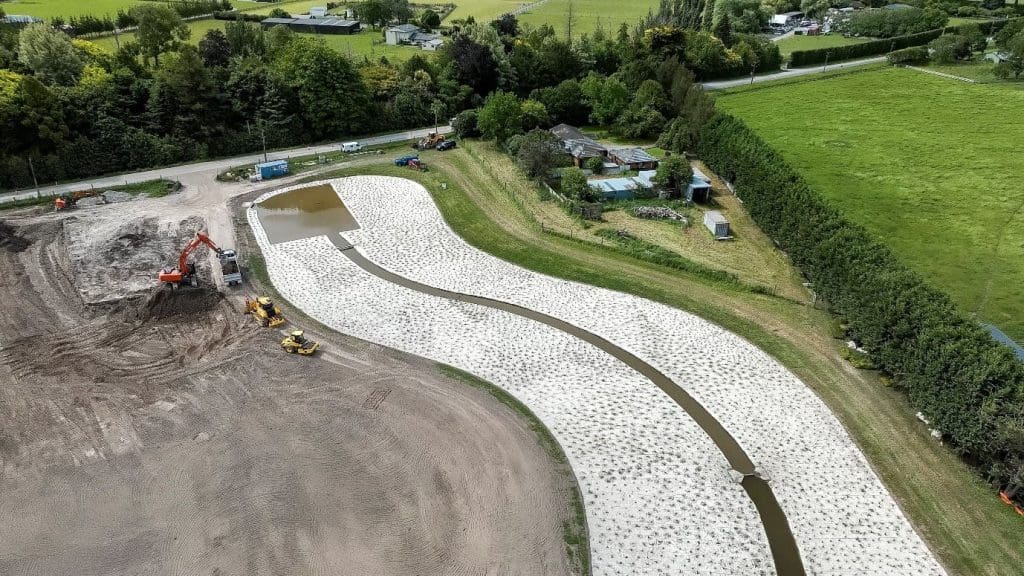
Locally grown, locally made weed mat
DagMat is a blend of mixed-grade virgin strong wool – often discarded by the fashion industry due to its yellow colour or high vegetable matter (VM) content – that Terra Lana has given new value to. This wool is ideal for DagMat, providing plants with added nutrients and natural weed suppression to improve establishment rates. Felted together into weed mat in the Terra Lana factory at Ōtautahi Christchurch, DagMat provides weed suppression and robust ground stabilisation on this project. Being locally manufactured, it offers dependable supply and supports local farming collective Banks Peninsula Farms who grow the wool used in DagMat.
For Suburban Estates, this wetland isn’t simply about stormwater control; it’s also a way to restore the natural hydrological functions that were lost when the site was converted from historic marshland into farmland. Wetlands like this help slow and clean runoff, rebuild habitat and take pressure off downstream pipes and streams – all practical gains you can measure at subdivision scale.
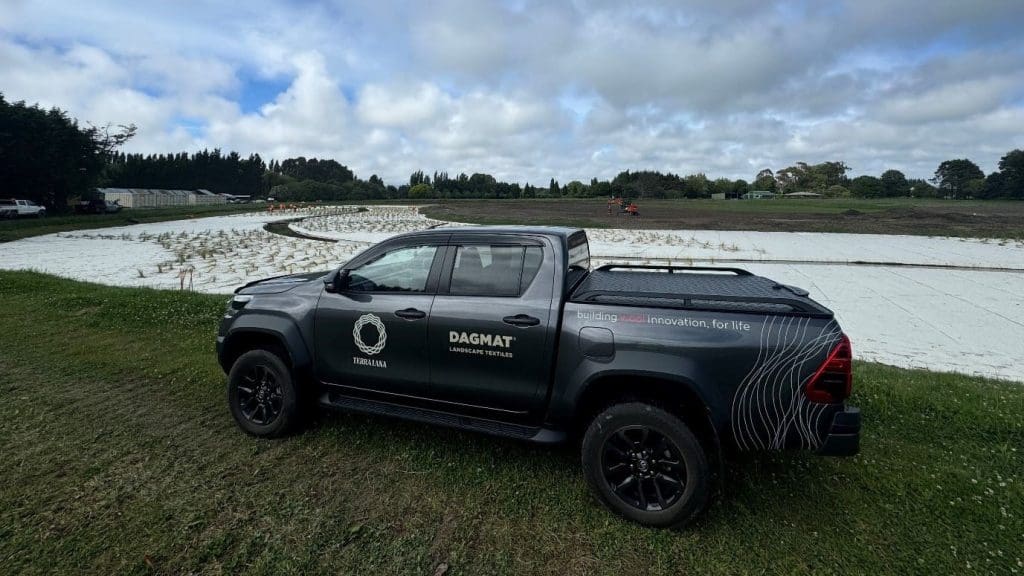
Talk to our team
Contact us to find out which Terra Lana product is right for your project. Email us or phone us on 0800 485 262.
PROJECT CREDITS
Product: Terra Lana DagMat
Developer: Sovereign Palms Ltd
Contractor: Natural Habitats
Writer: Folio
